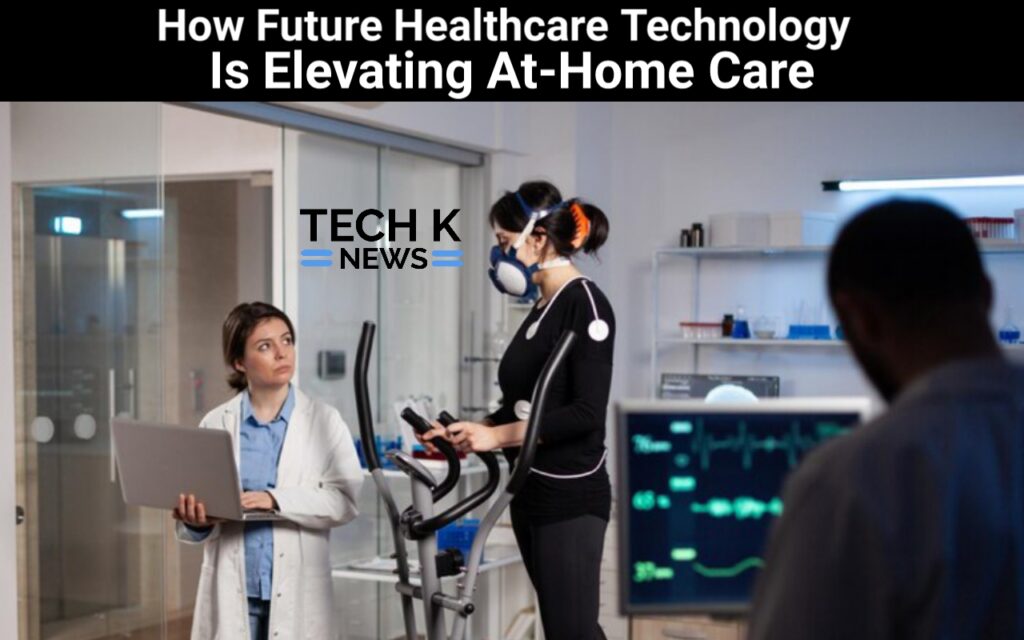Introduction
The healthcare industry is undergoing a massive transformation, driven by rapid advancements in technology. One of the most significant shifts is the move toward at-home care, allowing patients to receive high-quality medical attention without leaving their homes. Future healthcare technology is playing a pivotal role in this evolution, making remote monitoring, telemedicine, and AI-driven diagnostics more accessible than ever before.
With an aging population and increasing healthcare costs, at-home care solutions are becoming essential. Innovations such as wearable devices, smart home health systems, and robotic assistants are empowering patients to manage chronic conditions, recover from surgeries, and maintain overall wellness from the comfort of their homes. This article explores how emerging technologies are revolutionizing at-home care and what the future holds for this growing sector.
The Rise of Telemedicine and Virtual Consultations
Telemedicine has emerged as a cornerstone of modern at-home care, eliminating the need for in-person visits for many medical concerns. With video conferencing, AI-powered chatbots, and remote diagnostics, patients can now consult doctors in real time from anywhere.
Platforms like Teladoc, Amwell, and Doctor on Demand have made healthcare more accessible, especially for those in rural or underserved areas. Virtual consultations reduce wait times, lower costs, and minimize exposure to hospital-acquired infections. Additionally, AI-driven symptom checkers help patients determine whether they need immediate medical attention or can manage their condition at home.
Future advancements in telemedicine include augmented reality (AR) consultations, where doctors can guide patients through self-examinations or wound care using AR overlays. As 5G networks expand, high-definition video calls and real-time data sharing will further enhance the telemedicine experience.
Read More: TechKNews.co.uk
Wearable Health Technology for Continuous Monitoring
Wearable devices have evolved beyond basic fitness trackers into sophisticated medical-grade monitoring tools. Smartwatches like the Apple Watch and Fitbit now include ECG sensors, blood oxygen monitors, and sleep tracking capabilities. These devices provide real-time health data, alerting users and their physicians to potential issues before they escalate.
For chronic disease management, wearables like continuous glucose monitors (CGMs) for diabetics and smart inhalers for asthma patients are game-changers. These devices sync with mobile apps, allowing doctors to track patient health remotely and adjust treatment plans as needed.
Future wearables may include non-invasive blood pressure monitors, sweat-based glucose sensors, and even early cancer detection tools. As AI algorithms improve, these devices will offer more personalized insights, predicting health risks before symptoms appear.
Smart Home Health Systems and IoT Integration
The Internet of Things (IoT) is transforming homes into connected healthcare hubs. Smart devices like blood pressure cuffs, digital scales, and medication dispensers can transmit data directly to healthcare providers, ensuring continuous monitoring without manual input.
Companies like Amazon and Google are integrating health monitoring into smart home ecosystems. Voice assistants can remind patients to take medications, schedule doctor appointments, or even detect falls using AI-powered sensors.
In the future, AI-driven smart homes could predict health emergencies by analyzing behavioral patterns. For example, unusual movements or prolonged inactivity could trigger alerts to caregivers or emergency services.
AI and Machine Learning in At-Home Diagnostics
Artificial intelligence is revolutionizing at-home diagnostics, enabling faster and more accurate assessments. AI-powered apps can analyze symptoms, skin conditions, and even retinal scans for early disease detection.
For example, AI dermatology apps can assess moles for potential skin cancer, while AI-powered stethoscopes can detect heart abnormalities. Machine learning algorithms continuously improve by analyzing vast datasets, enhancing diagnostic accuracy over time.
In the future, AI-driven home lab kits could allow patients to conduct blood tests, urine analysis, and genetic screenings at home, with results instantly interpreted by AI. This could drastically reduce the need for lab visits and speed up diagnosis.
Robotics and Assistive Devices for Elderly and Disabled Care
Robotic technology is making at-home care more efficient, particularly for elderly and disabled individuals. Robotic caregivers can assist with mobility, medication reminders, and even basic household tasks.
Devices like Lio by F&P Robotics and Mabu by Catalia Health provide companionship and health monitoring, reducing loneliness and ensuring medication adherence. Exoskeletons and smart walkers help patients with mobility issues move safely around their homes.
Future developments may include fully autonomous care robots capable of handling complex tasks like bathing, dressing, and emergency response. As robotics become more affordable, they will play a larger role in at-home care.
Remote Surgery and Robotic-Assisted Procedures
While most surgeries still require hospital visits, advancements in telesurgery and robotic-assisted systems are paving the way for remote procedures. Surgeons can now operate robotic arms from miles away, performing minimally invasive surgeries with precision.
The da Vinci Surgical System is a prime example, allowing surgeons to conduct complex procedures through tiny incisions. In the future, 5G-enabled telesurgery could allow specialists to operate on patients in remote locations, reducing the need for travel.
At-home post-operative care is also improving with AI-powered recovery apps that guide patients through rehabilitation exercises and monitor healing progress.
The Role of Blockchain in Secure Health Data Management
With the rise of digital health records, data security and interoperability are major concerns. Blockchain technology offers a decentralized solution, ensuring that patient records are secure, tamper-proof, and easily shareable between providers.
Patients can grant temporary access to doctors, insurers, or caregivers without risking data breaches. Smart contracts could automate insurance claims and prescription approvals, streamlining the healthcare process.
Future applications include global health passports, where vaccination records and medical histories are stored on a blockchain, accessible anywhere in the world.
Challenges and Ethical Considerations
Despite its benefits, the expansion of at-home healthcare technology faces challenges. Data privacy, regulatory hurdles, and the digital divide could limit accessibility for low-income or elderly populations.
Ethical concerns also arise with AI diagnostics and robotic caregiving—how much decision-making should be delegated to machines? Ensuring equitable access to these technologies will be crucial for widespread adoption.
The Future of At-Home Care: Predictions for 2030 and Beyond
By 2030, at-home care could become the primary mode of healthcare delivery for non-emergency cases. Advances in nanotechnology, gene therapy, and brain-computer interfaces may enable even more sophisticated home treatments.
Imagine smart pills that monitor gut health, neural implants for real-time brain monitoring, or 3D-printed personalized medications delivered to your doorstep. The possibilities are endless.
Conclusion
The future of healthcare is patient-centric, decentralized, and technology-driven. With innovations in telemedicine, wearables, AI, robotics, and blockchain, at-home care is becoming more effective, accessible, and personalized than ever before.
As these technologies evolve, they will reduce hospital burdens, lower costs, and improve quality of life for millions. The key will be ensuring these advancements are ethical, secure, and inclusive, so everyone can benefit from the future of at-home healthcare.
Would you trust an AI doctor or a robotic caregiver? The future may arrive sooner than we think.


